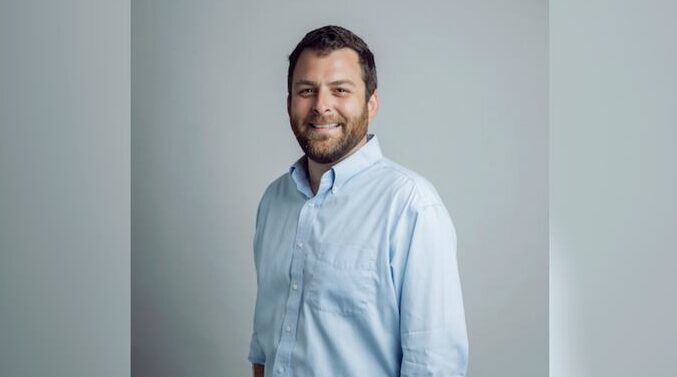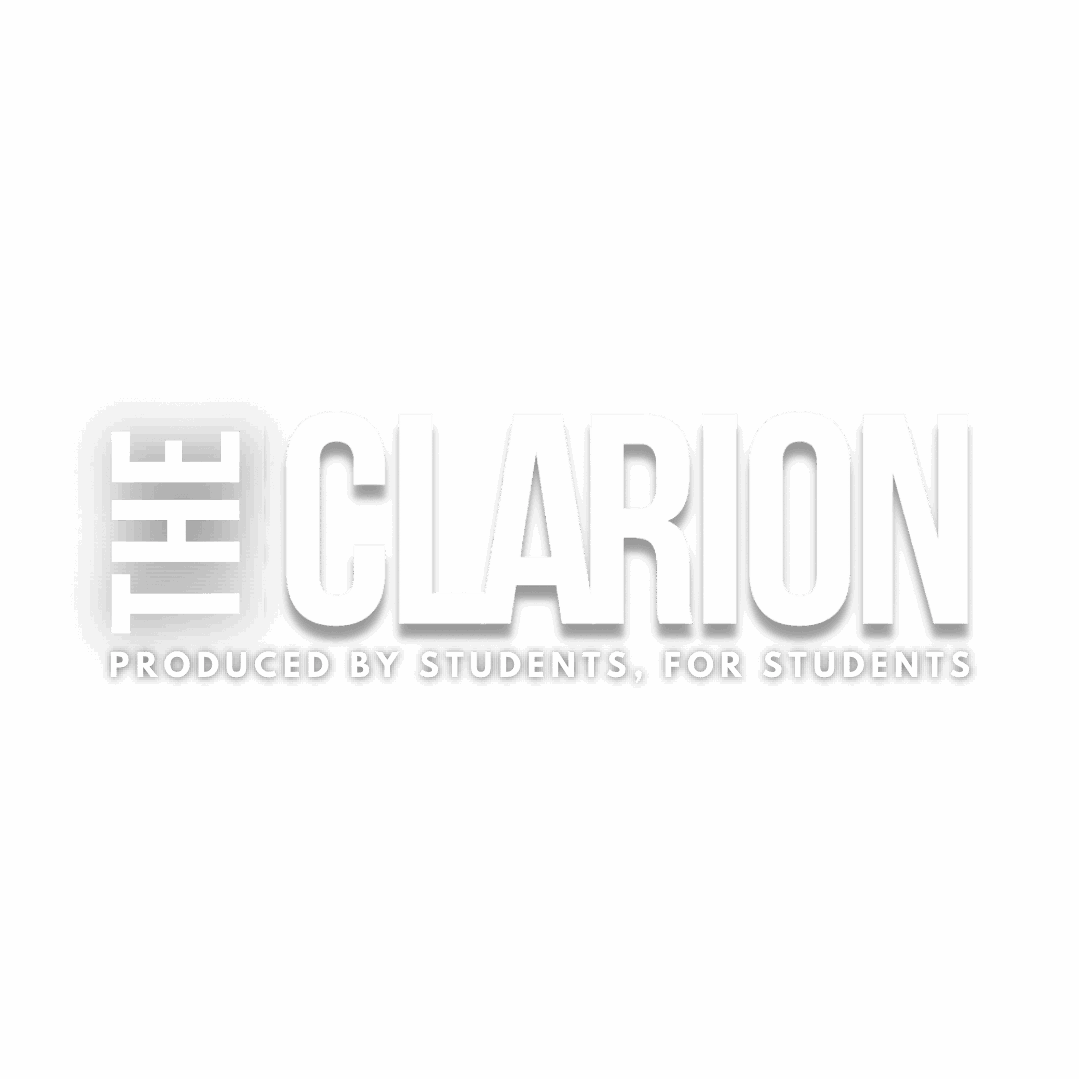Last Friday, Congress voted to cut nearly $1.1 billion in federal funding for the Corporation of Public Broadcasting. This decision leaves PBS, NPR and local news stations across the nation in a vulnerable position.
Only about 1% and 15% of NPR’s and PBS’s national revenue comes from CPB funding, respectively. While NPR and PBS do not rely as heavily on CPB funding, it is the lifeblood for many local station groups.
Local broadcasting may not always be as attention grabbing as hot topic stories and wedge issues debates that are touted on national legacy media programs, but it is arguably more important. It focuses on local stories and developments that directly affect the daily lives of local community members, it is an integral part of being properly informed within one’s own community.
Now, with the recent decision to cut funding, communities all over the country are at risk of losing these established and freely accessible stations.
These funding cuts, compounded by the fact that traditional print media has been in decline for several decades now, could leave rural and smaller communities that no longer have access to local newspapers without any regional news coverage at all.
While the future may look bleak for local broadcasting, few in the industry are ready to admit defeat.
WYSO has been serving the Greater Dayton Area for nearly 50 years, their reach spans 14 counties in the Southwest Ohio region and are accessed by over 70,000 listeners every week. These budget cuts will take roughly 10% of their budget, which has left them concerned but not panicked.
Luke Dennis, president of Miami Valley Public Media and general manager of WYSO, believe that fundraising within the community will help weather the storm.

“Our plan is to try to fundraise our way out of this in the short term, and we think we can do it… Our first effort for these next three to six months will be to put additional pressure on our fundraising efforts, to try to replace exactly what the federal subsidy would have brought in. So I think we have a good shot at that for this year,” Dennis said.
Luckily, the goodwill garnered by WYSO with their audience has already paid off, as they have seen a jump in donations already. However, Dennis admitted that this is not a long-term solution.
Public awareness and visibility are most important to the future of WYSO. They are currently in the process of moving their headquarters to the main drag in Yellow Springs, Ohio. With this more public appearance, come more opportunities for fundraising.
“We are going to try some new fundraising approaches in the coming year, and a lot of it has to do with the [new] building, doing more ticketed events, teaching more classes, and also just being more noticeable because for decades, we’ve been tucked away, out of sight on the campus of Antioch college, but we’re independent from them now, so we’re going to move into our own space,” Dennis said.
Along with fundraising, grants and major gifts help keep WYSO operational. The continued viability of WYSO services rural communities who have had their own local newspapers shut down because of their own financial troubles. This could leave a gap in information and coverage on local news.
“We have this awful situation where people know a lot about the national news, but they don’t know anything about what their local school board is doing or their local city council, and that’s only going to get worse,” Dennis said.
While Dennis believes that WYSO will be able to rely on other means of revenue, other smaller stations may not be so lucky.
“There’s $545 million that we all were counting on flowing into the checking accounts of over 1000 stations this year, and that money needs to be replaced. In a place like Dayton, Ohio, we can replace it because we have a generous, large audience, and we think more of them are going to donate. But for those really small stations, they might close their doors because the federal subsidy was between 35% and 60% of their operating budget,” Dennis said.
The path forward for WYSO is to demonstrate their value to local people and maintaining the trust they have built up over the decades. They pride themselves on being unbiased and uninterested in serving an agenda or focusing on profit margins. As a nonprofit company, WYSO’s main interest is in providing good, credible and reliable journalism to their audience.
For Dennis specifically, it is the audience that keeps him motivated, especially with these new developments.
“Serving our audience and even just a quick email or thank you from a listener, or if I bump into somebody at the grocery store and they tell me they’ve just loved a story or a piece of music they heard on WYSO, that keeps all of us going here, absolutely. Overall, we’re all super proud of this radio station,” Dennis said.
Dennis encourages any listener that may not be a member and has the means to donate to consider doing so. People think that the small $3 donations may not have any impact on WYSO or any broadcasting, but it is the charity of the many that keep these important institutions afloat, no matter how big or small.
“I believe there’s a donation level for just about everybody, unless you’re having a real financial crisis, and if that’s true then keep your money. But there are lots of us who have that little bit of extra income that we could direct toward a good public service like this,” Dennis said.
While WYSO is in a more hopeful position than many other public broadcasting stations, this does not mean the road ahead will be easy. The coming months and years will be fraught with unpredictability and uncertainty, and the responsibility of keeping these fixtures alive has fallen to the people.
Noah Schlarman, executive editor
Check out more posts by the Clarion:
- Editorial: Calling out the press – or silencing it? The White House’s troubling new tactic
- Winter Wonderland brings cozy cheer to Sinclair Dayton Campus
- ‘Wicked: For Good’? Depends who you ask
- Dr. Simon Workman shares his path from homeschool to doctorate
- Lessons from farm to table: Sam Stanley’s journey with WWOOF

